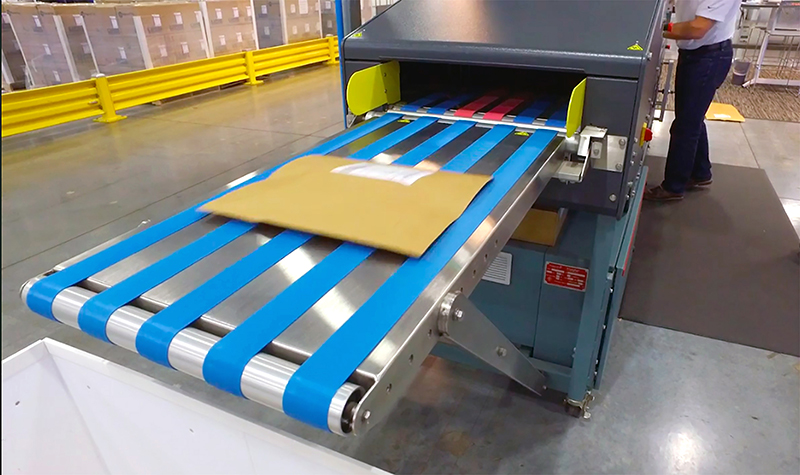Operators are not always aware when it’s the best time to automate their packing lines. Busy workloads, unpredictable spikes in demand, and seemingly routine ways of working can all mask the potential for an upgrade. Steve Dougan, protective portfolio & sustainability director EMEA at SEE, pinpoints five signs operators should look for which demonstrate that they could be reaping the returns of packing line automation.
1) Your delivery slots are dictated by your packing speed – not your production speed
If you notice a build-up of products, which are constantly waiting to be packaged, it means packing isn’t keeping pace with the speed of production. From experience, this situation often leads to operators planning their orders around the packing line.
Packing shouldn’t be influencing the speed and scheduling of the outputs that generate revenue. There should be systems in place that enable operators to easily synchronise their production and packaging to deliver a continuous and cost-effective throughput.
2) The packing area is growing out of control
A quick and effective way of seeing if it’s time to automate packing is to consider the size of your packing area and how its floorspace has changed. Think back six or 12 months. Has your packing area grown? Does the packing area take up as much or more space than core-revenue generating production areas?
If you answer ‘yes’ to one or all of these, it’s a typical sign that packing isn’t growing properly in line with the company. This often means efficiencies, which should come with economies of scale, are being missed and can also compromise quality standards.
3) Damaged products are on the rise
Product damage is a classic sign of a poorly packaged item. Although high quality packaging helps to avoid this, damage can also occur because of inconsistencies within the manual packing process. Increasing production rates and outputs will put a strain on packing lines, which can lead to staff fatigue and basic errors. Some companies aim to address this by changing shift patterns or by hiring more workers. However, this is not always the solution given social distancing rules coupled with labour shortages. Added to this is the drain on time and costs due to training and staff overheads.
Automating repetitive actions such as placing items into packaging can improve speeds and consistency, while reducing costs. It also frees up resource, which can be reallocated to quality control and tasks which add real value. Also, companies can break the connection between increased outputs and rising levels of damaged goods, thereby reducing levels of expensive waste.
4) The packing ‘tail’ is wagging the production ‘dog’
Bottlenecks in the packing area, increasing lead times and growing Work In Progress (WIP) are all typical problems of packing areas that need upgrading. We often see cases where companies will attempt to solve these challenges with significant capital expenditure such as moving to larger premises or expanding the packing line to accommodate a growing workforce of packers.
In such scenarios, the packing part of their operation is starting to influence core decision-making and investment. Instead, capital could be invested in core value-adding operations, by automating your existing packing set-up with a system which is right for you now and can grow with you in the future.
5) Operations and outputs are changing
Many companies, especially during these unpredictable times, will be looking at how they can make savings, grow revenue and maximise margins. Some e-commerce and fulfilment businesses experience record demand in fluctuating markets, whilst others must carefully manage costs to address a sharp decline in sales.
Any strategic review of operations, growth plans or cost-saving exercises are a sign that packing automation should be considered. This doesn’t necessarily mean that new equipment must be purchased, as there are leasing models available. Companies can now quickly optimise packing to realise efficiencies and improve processes that benefit the bottom line.














